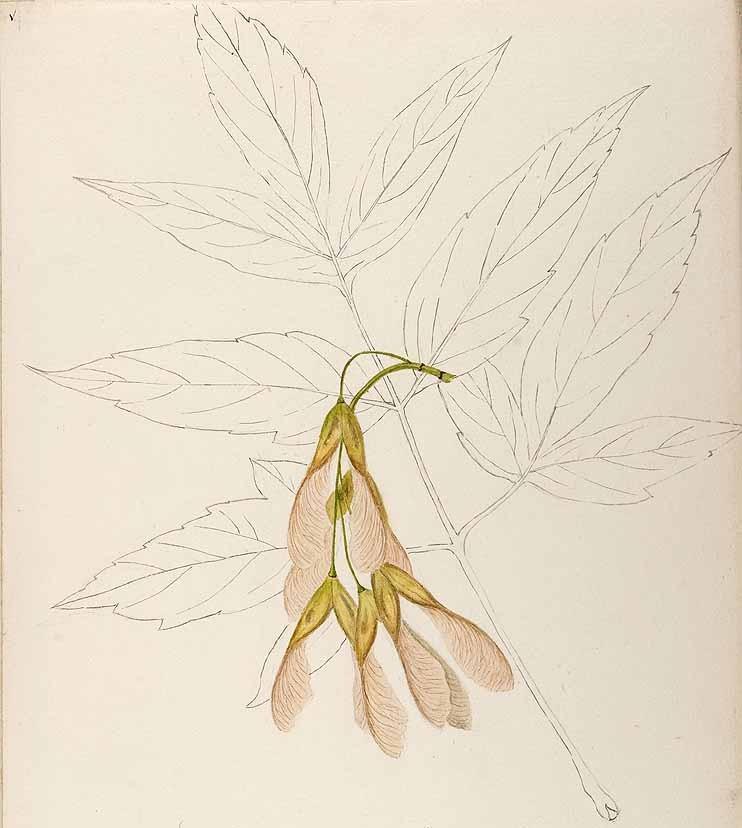Acer negundo f. argenteovariegatum Schwer.
SapindaceaeEl arce matizado es un árbol de origen americano que se extiende desde Canadá al norte hasta Guatemala al sur. El término negundo es el nombre que recibe esta especie en uno de sus lugares de procedencia, México, si bien este nombre específico podría proceder de la palabra sánscrita nurgundi, utilizada para designar un árbol de hojas similares que existe en la India. No obstante, la procedencia de este árbol es americana. Por su valor ornamental, resistencia a la contaminación, rápido crecimiento y longevidad –puede llegar fácilmente a los 200 años-, el arce matizado ha sido introducido en paseos y carreteras de gran parte del mundo. Su capacidad de adaptarse a diferentes situaciones climáticas hace honor al origen de su nombre, acer, del latín “duro”. Desde América llegó en primer lugar a Inglaterra, donde encontramos un primer ejemplar en el Fulham Garden en 1688. Desde las Islas Británicas es introducido en pocos años en Holanda, Alemania y desde ahí en el resto del continente, incluida España. No es por tanto una de las especies introducidas en Europa por los españoles de la época colonial. Como ya hicieron los españoles del siglo XVI, los europeos en general han optado muchas veces por bautizar las plantas de América con nombres de plantas que comparativamente ya conocían en el Viejo Mundo, es decir, Asia, Europa y un poco África. Este es un arce, sí, pero matizado.
Procedencia
AmericanoCalendario
Hábitat
Morfología
 Árbol
Árbol
 Esférica
Esférica
 Pinnada
Pinnada
 Ovada
Ovada
 Opuesta
Opuesta
 Serrado
Serrado
 Obtusa
Obtusa
 Acuminado
Acuminado
 Caduco
Caduco
